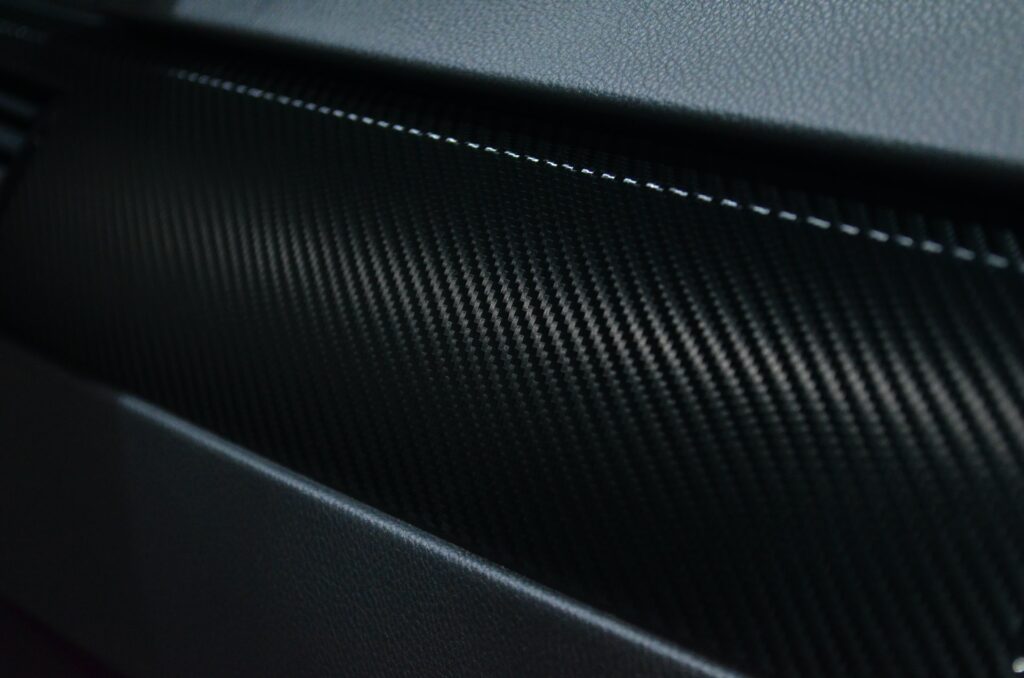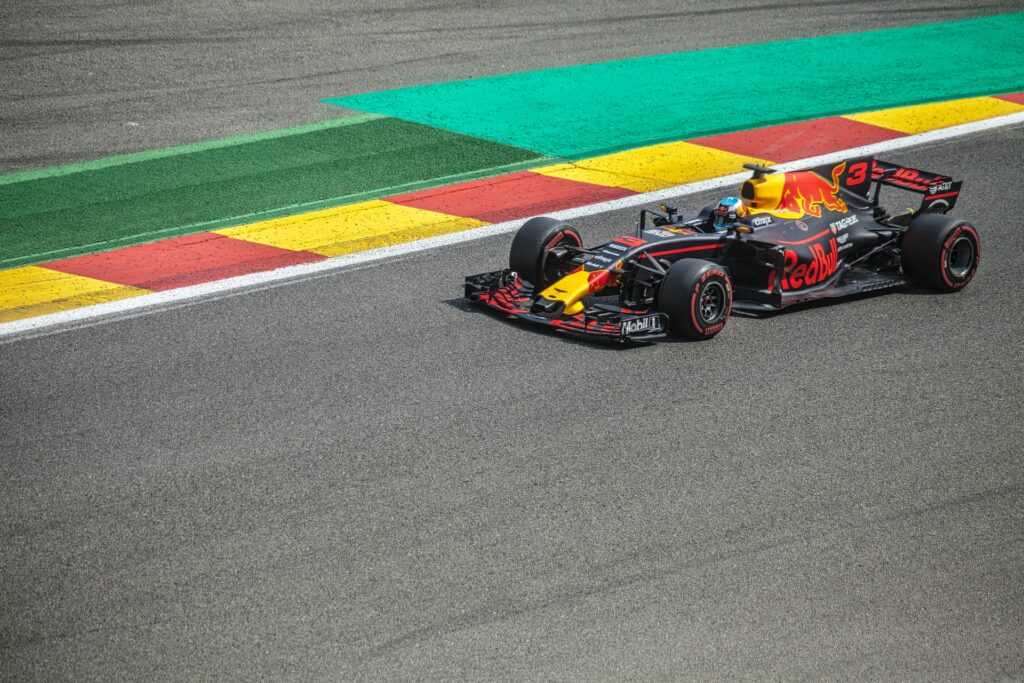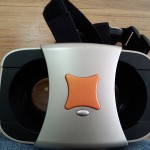Will Formula 1 still be using carbon fiber for manufacturing F1 cars in the future?
Formula One cars, also known as F1 cars, are the world’s fastest cars operating with the principle of aerodynamic downforce. This principle helps in high cornering speeds which is what these cars are recognized for. In 1950, the Formula One race premiered, and Ferrari is the oldest F1 team that still has been competing since the debut. The F1 team designs the chassis and the engine and both can be the same manufacturers or can belong to different designers.
Modern Formula One cars are mid-engined, hybrid, open cockpit, open wheel single-seaters. the framework of the car is made of carbon fiber composites, exhibiting its light weight and strong properties. Due to the carbon fiber chassis, the car weighs upt o 740 kg including the driver. This weight is calculated without the fuel and is set by the regulations. If the construction of the car is lighter than the minimum, necessary weight would be added up to reach the standard weight. The race teams take advantage of this by placing this ballast at the extreme bottom of the chassis, thereby locating the centre of gravity as low as possible in order to improve handling, balance and weight transfer.
The ‘wings’ that are attached in the front and rear of the car generate the aerodynamic downforce that is necessary for the Formula One cars in order to increase the cornering speed. Moreover, these wings are also mounted in the bottom of the car to create low air pressure. The aerodynamic design of the cars is very heavily constrained to limit performance and the current generation of cars sport a large number of small winglets, “barge boards”, and turning vanes designed to closely control the flow of the air over, under, and around the car.
Carbon Fibre Used in F1 Cars
F1 teams use carbon fibes, a pre-infused epoxy resin and an aluminum honeycomb layer, which is sandwiched between two layers of carbon fiber parts. The chassis is usually the first part of the car to be built, due to the amount of time required. The main chassis usually comprises of about 8 parts (carbon fiber panels). In the manufacturing process, the first step consists of building a pattern that is computer cut, from which the mould for the panel is made. Afterwards, the carbon fiber sheets that are impregnated with resin are layered on top of each other to produce a mould made up of 10 layers in total. The production of the mould takes place in several stages, involving vacuum treatments, debulking and heating processes. Then, the mould must be thoroughly cleaned and prepared for use.
The next phase involves the real manufacturing process of the car where the pre-cut sheets with already infused carbon fibre are laid very carefully inside the moulds – called prepreg composites – by the actual fabrication of a car part, made from sheets of pre-cut, pre-impregnated carbon fibre, which are carefully laid inside the moulds. The orientation of the carbon fiber sheets in specific directions are necessary to achieve the required strength for the car. A thickness of 1mm is achieved by a total of 4 to 5 layers of carbon fibers that are laid down, forming the outer skin of the chassis of an F1 car.
According to specific requirements and appropriate temperature and pressure needed, the carbon fiber is processed in the stage where it is cured in an autoclave (prepreg composites), exposing it to many cycles of temperature and pressure. During this treatment, the resin impregnated in the carbon fiber flows into the surrounding fibres and is activated, thereby treating the carbon fiber. A layer of aluminum is fixed with resin on the outermost skin as soon as it is cooled down and cured. This ensures that the materials stick together properly and permanently. The chassis panel then returns to the autoclave for curing. Another layer of pre-impregnated carbon fiber sheet is added on the top of the existing skin and for the final time, this sheet is treated in the autoclave (autoclave composites). Therefore, after further evaluation and consideration of the material through the regulations, the car is finally approved for racing on the tracks.
The Future of Carbon Fiber in F1 Cars
Linseed, also known as Flax fibres is in the pipeline of testing as a potential candidate for applications like crash testing for light-weight materials, with McLaren already after developing racing seats with BCOMP that were used during pre-season testing. Flax fibres have excellent properties which include being lighter than the carbon fiber, often damps vibration better than its carbon fiber equivalent and interestingly have lower carbon footprint, that is, 75% lower if considered for racing seat. This credit goes to flax being a renewable, CO2 neutral resource. Being biodegradable, flax fibre can be recycled and re-used, which means it can be grounded down again into a raw material ready for use as desired. Also, importantly for motorsport applications is the fact that it doesn’t splinter or shard in the same way carbon fiber does, meaning considerably less danger for drivers on track who usually have to avoid shattered carbon fiber like the plague. The crash structure tested was designed by YCOM, an Italian company, and used flax fibres, known as ampliTex, from Swiss composites company BCOMP, and was carried out at the Politecnico of Milan – an FIA-approved test house. The results that were obtained proved that the crash deformation consequences of a flax were similar to the traditional carbon fibre structure.
However, a leap is still considered in this alternative yet sustainable technology game before flax fibres could actually represent a commendable replacement. While flax by itself is lighter than the equivalent carbon fiber, the amount of it required to achieve the same levels of strength mean there is a relatively sizeable weight disadvantage. Due to high weight ratio as compared to the carbon fiber composites although flax passed the test, but its total weight was 40% more than the amount of carbon fiber used in the crash structure to obtain the same results, still 50% less CO2 emissions.
Cover Photo by Chris Peeters from Pexels














